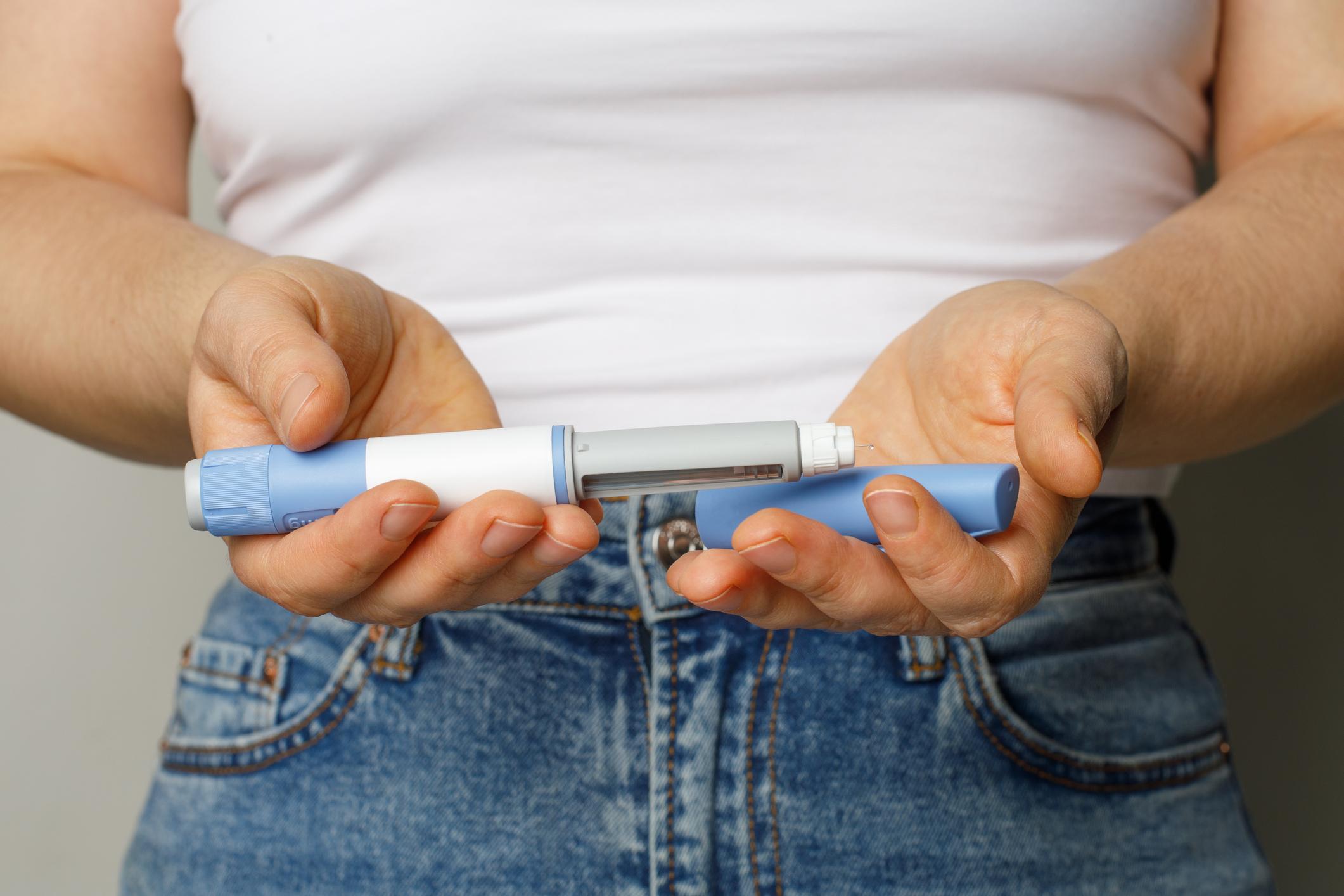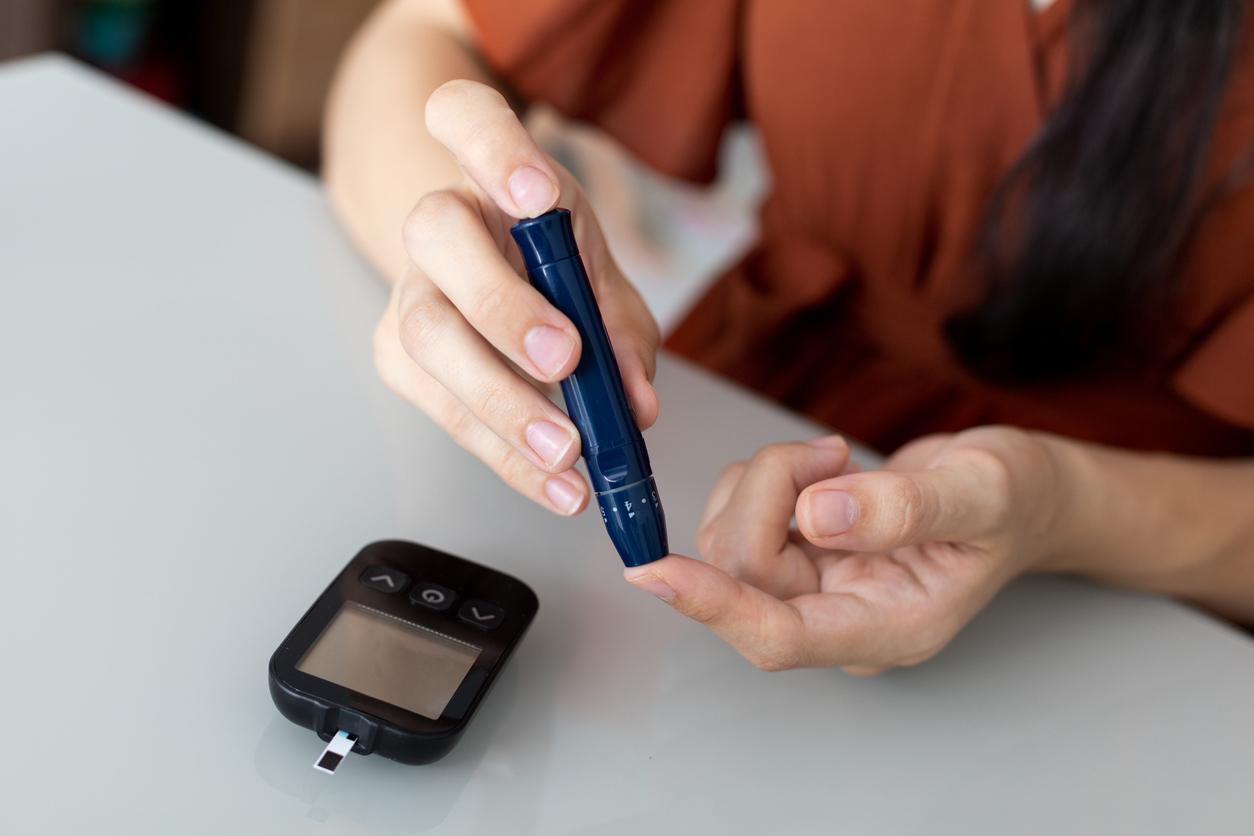Gestational diabetes is temporary diabetes that can develop around weeks 24-28 of pregnancy.
Temporary diabetes is one of the most common complications during pregnancy. This condition occurs in about 5% of pregnant women. In diabetic patients, the body is unable to insulin to use. Insulin is a hormone produced by the pancreas (islets of Langerhans). Insulin allows the body to convert nutrients into energy. The energy is stored in the form of sugar (glucose). When insulin enters the bloodstream, glucose can be taken up into the cells.
In diabetic patients, too little or no insulin is produced, or the hormone does not work properly. The body cannot take the glucose from the blood into the cells that need it. The glucose level in the blood becomes too high, while cells have a screaming need for energy. Gestational diabetes develops around week 24-28 of the pregnancy in women who previously did not have diabetes or who were not tested for it before becoming pregnant.
During pregnancy, the placenta produces hormones that enter the bloodstream and interfere with the body’s absorption of insulin. The accumulating glucose in the mother’s bloodstream can cross the placenta. This causes problems for the baby.
Babies born to mothers with gestational diabetes may experience the following problems after birth:
- Macrosomia: too high birth weight, or
- Hypoglycemia: low blood sugar
In addition, these children have a greater chance of developing later in life type 2 diabetes to develop. Fortunately, gestational diabetes can be well controlled. Most women with gestational diabetes give birth to normal, healthy babies.
When a woman has been diagnosed with gestational diabetes, the following points are important:
- keep blood sugar under control
- eat healthy food
- keep moving
- keep your weight well
- visit the doctor regularly

















